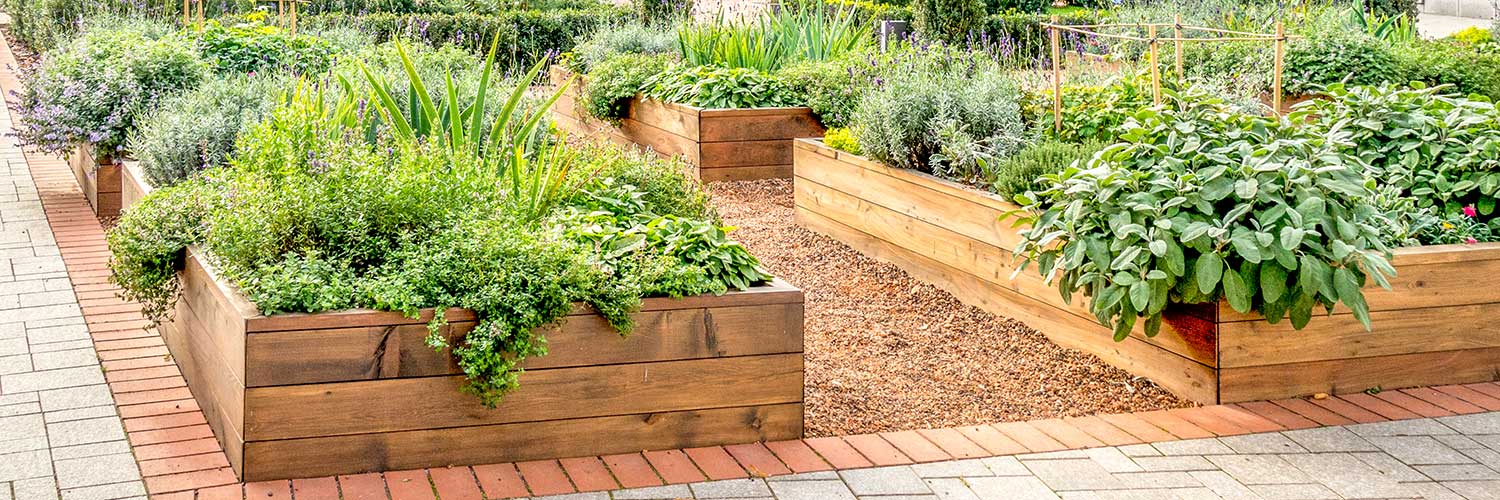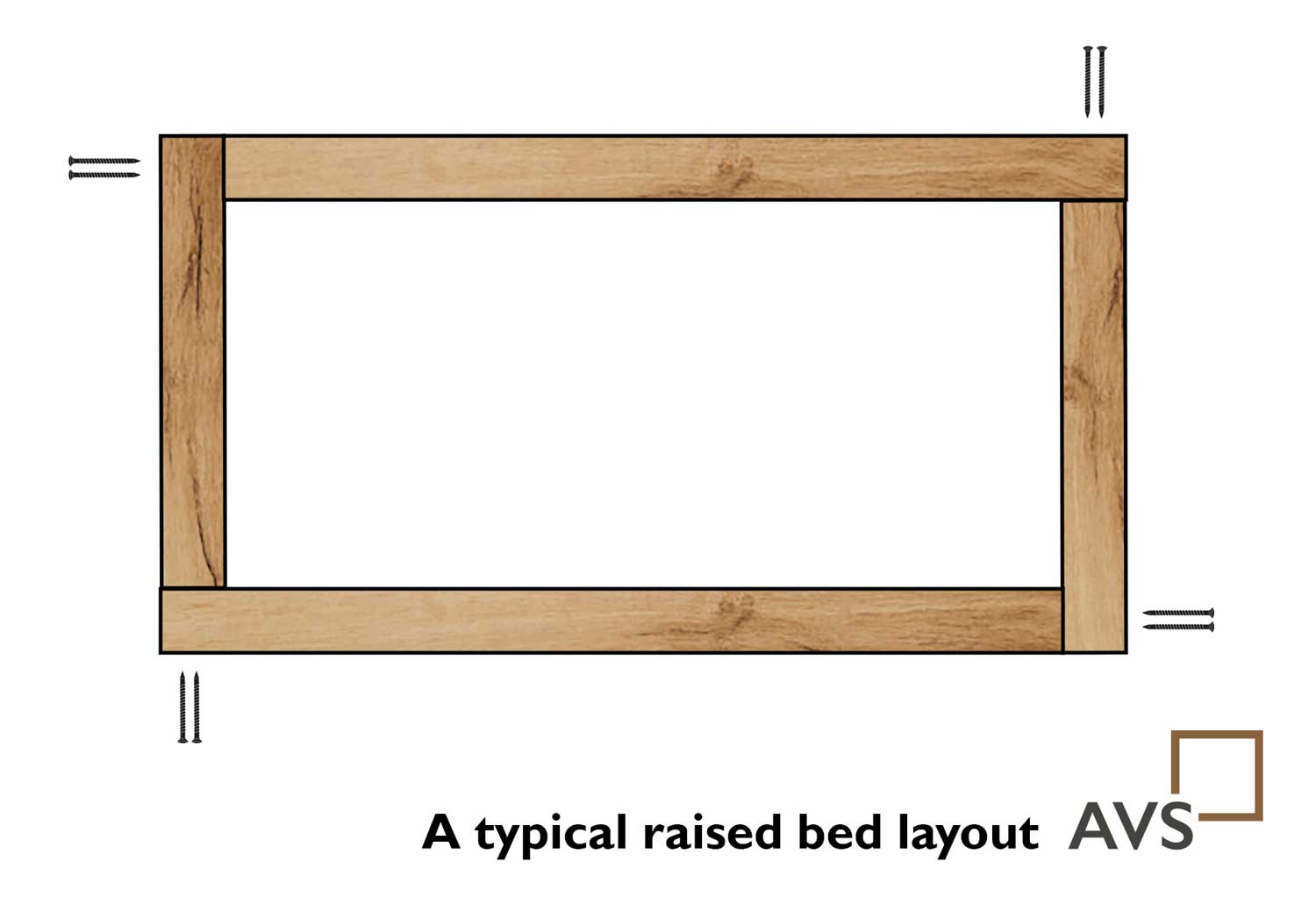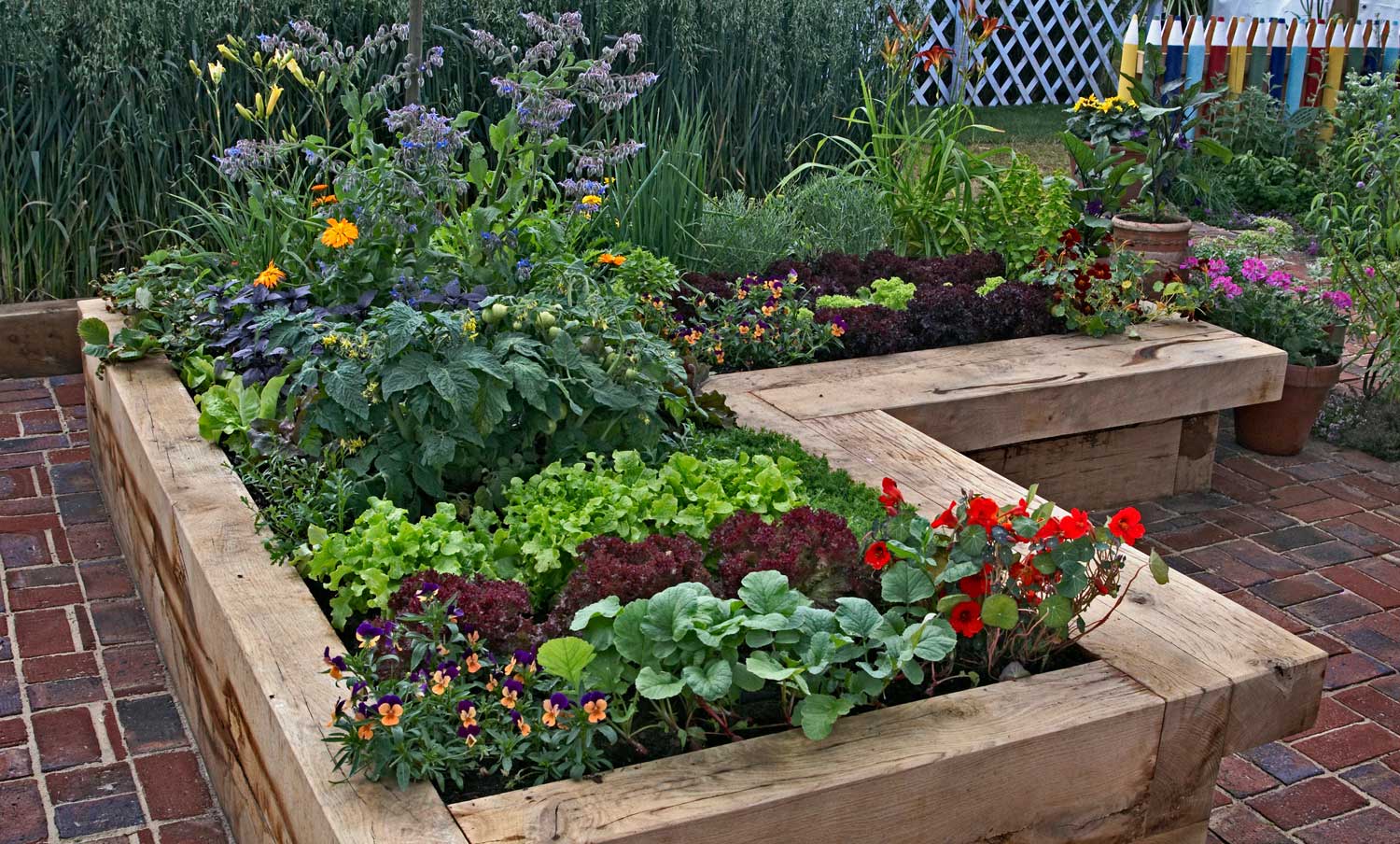-
How to Fix a Fence Post using a Concrete Fence Repair Spur
Need to stabilise a wobbly fence quickly and effectively? Rather than replacing the entire fen …21st Feb 2022 -
Top Ten Quick Garden Makeover Projects
For those of us lucky enough to have some outdoor space at home, we've all come to apprecia …23rd Aug 2021 -
Lawn Edging Like a Pro With Steel Edging and Tree Rings
Whether you have a small urban garden or a sweeping country estate, keeping the edges of your …14th Jul 2021
Access is currently restricted. Please call our Accounts team on 01727 747292 to review
Products affected by supply issues –
Read More
Menu








